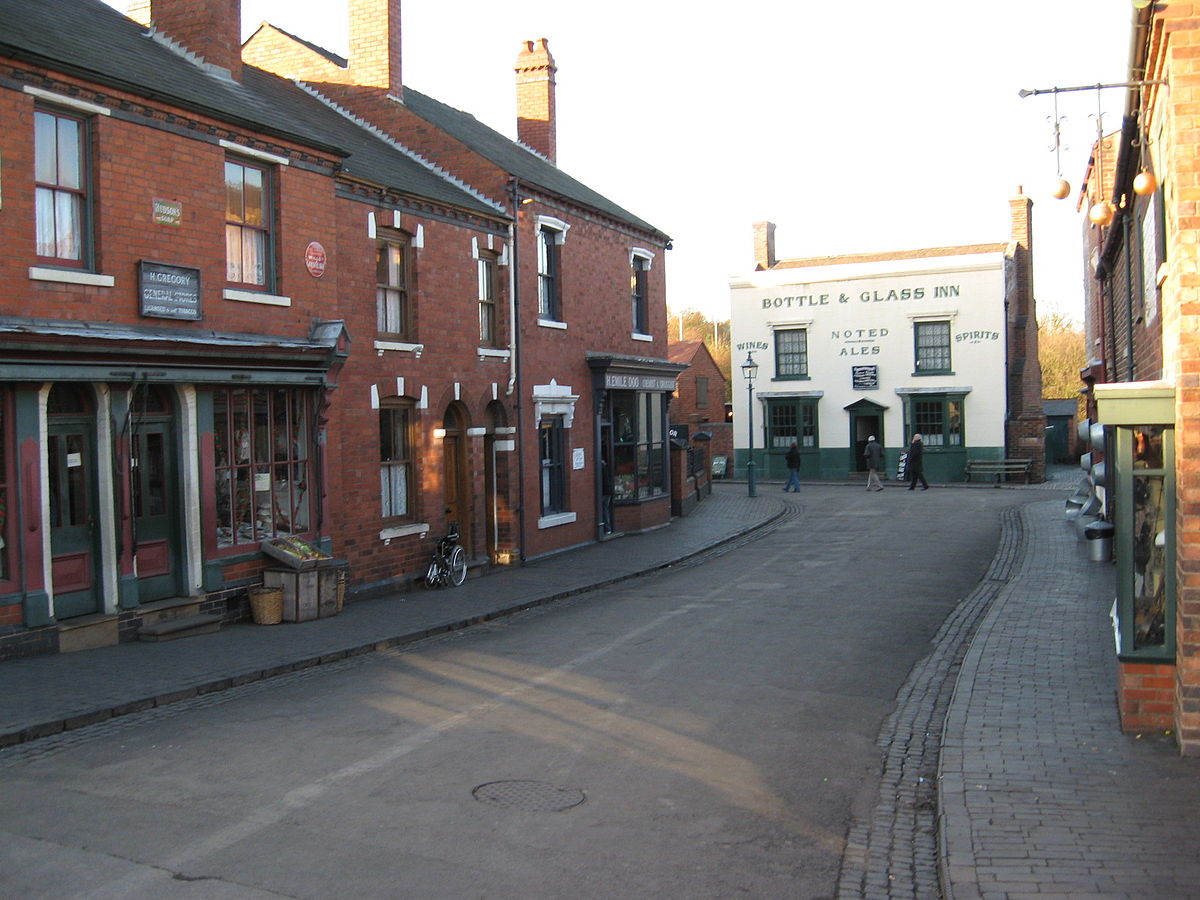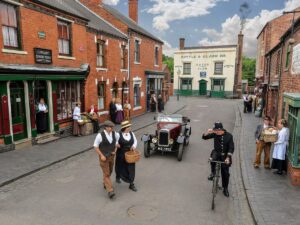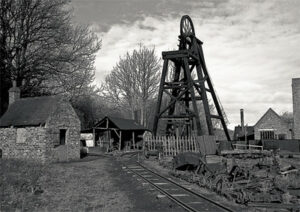Black Country Living Museum
Dudley, Birmingham
The Beginning of the Museum

A Traditional Black Country Village
This museum is set up like a tradition village of the Black Country. Buildings have been brought in from various parts of the Black Country brick by brick to recreate this bygone era. Homes are set up with gardens and small home workshops like they would have been in their day. There is a high street boasting a traditional fish and chip shop - I am told they are truly amazing. We didn't try them as the queue was about 45 minutes and we didn't want to wait in the rain, instead opting for a pie in the restaurant. There was a bakery and lolly shop making traditional treats. A trolley bus rumbles around every so often. A trip up the canal, where Peaky Blinders was filmed, is also an option.
An Underground Mine

Have you been to the Black Country Living Museum or have you been to a similar museum elsewhere? Tell me in the comments below.
Bibliography
- 1. Black Country Living Museum, 'The Museum's Story', https://www.bclm.co.uk/about/the-museums-story/1.htm, Accessed 5 January 2019.
- 2. Black Country Living Museum, 'Underground Mine', https://www.bclm.co.uk/locations/underground-mine/6.htm#.XOJLqy2B3zU, Accessed 5 January 2019.
Image Credits
- a. 'Black Country Living Museum Village, Wikimedia, https://upload.wikimedia.org/wikipedia/commons/thumb/1/16/Blackcountrystreet.jpg/1200px-Blackcountrystreet.jpg, Accessed 5 January 2019.
- b. Black Country Living Museum, 'Period Display', https://cdn.clicktrips.co.uk/wp-content/uploads/2021/11/BI-bclm-2.jpg, Accessed 2 August 2023.
- c. Black Country Living Museum, 'Racecourse Colliery', https://i.pinimg.com/originals/91/b6/1d/91b61db091adfe7eb4583d47f75fd7b2.jpg, Accessed 2 August 2023.

Megan, I have always enjoyed the way you describe your experiences as you travel or experience new places. The way you describe this museum is the same. It sounds like it’s a lot of fun being there. I feel anytime you can experience a place that takes you back to the originality of it, is the best. It sounds like a wonderful place to be, especially with how authentic it is.
I have never been to a museum like the Black Country Living Museum. However, I have visited Colonial Williamsburg, Virginia where on the tours, you see many of the original homes and the tour guides dressed as people did back in the 18th-century. It’s very historical and interesting.
You mentioned that many people don’t know the Black Country Living Museum exists. Does the museum use social media to get the word out to people? I would think using social media would help with traffic to the museum.
Keep up the great work on your site. You’re doing an amazing job.
Kind regards,
Yvette
Hello Yvette
It is a very interesting museum! Certainly more entertaining than the traditional style we all went to on school excursions. Colonial Williamsburg sounds intriguing and I must put that on my travel bucket list. The Black Country Living Museum definitely has social media and a website, I just think a lot of people when they visit England don’t think of venturing into the Birmingham/Staffordshire regions. Most people tend to stick with the more known sites like Buckingham Palace, White Cliffs of Dover – the things everyone has heard of. I am certainly trying to spread word of the Black Country Living Museum.
Regards
Megan